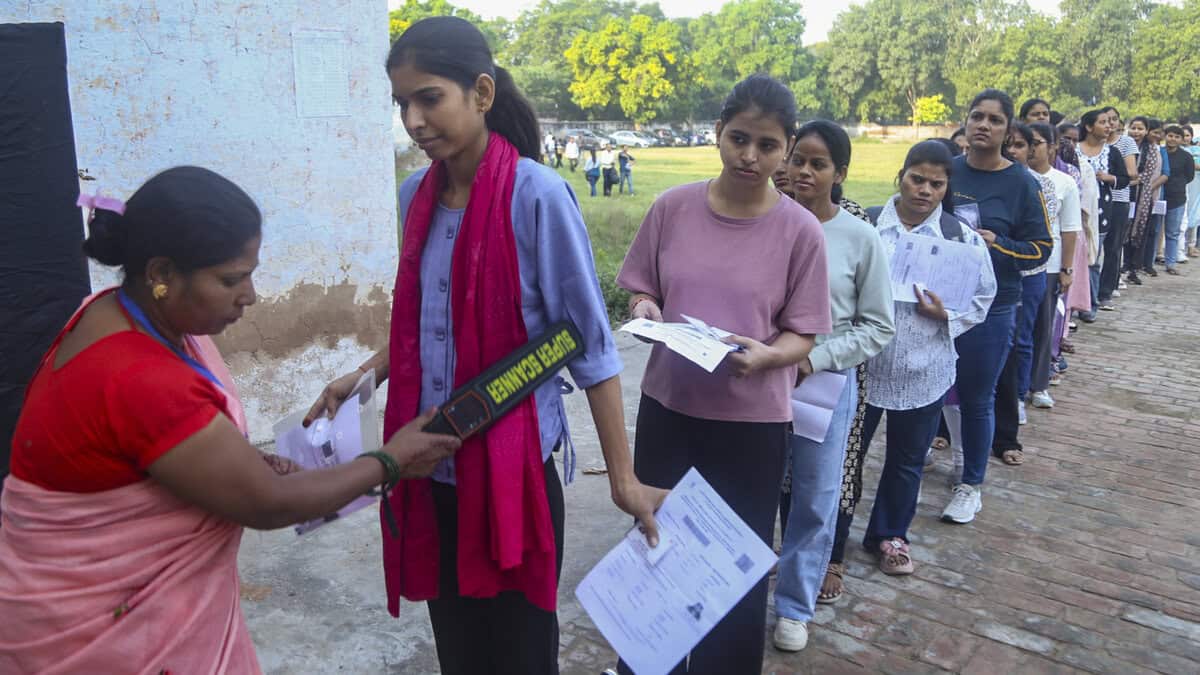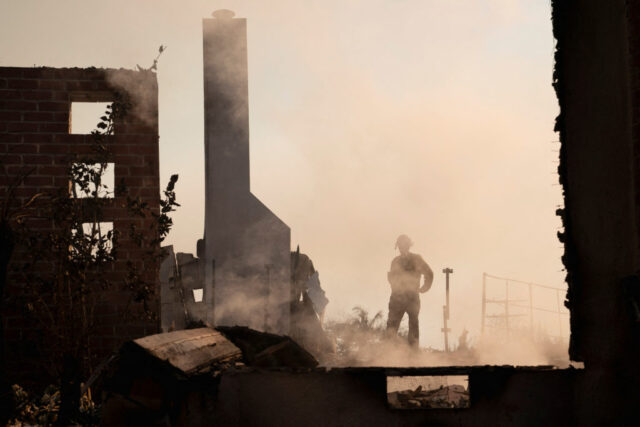Jake Bittle:
Yes, I mean, I think that the sort of consensus solution, which is just really hard to implement, is, you can’t just keep throwing money at a problem where the risk is just continuing to go up, or you have to do something to mitigate the actual risk of fire, right?
And so it’s, since it’s really, really hard, as Los Angeles has learned, to stop the ignition of fire and to stop fire from spreading. The best thing you could probably do is reduce the risk to the homes themselves, right? Like, we know how to build homes that are relatively resilient to fire. We know how to build homes that don’t catch on fire.
And we know how to design urban spaces that fires done spread as easily. The problem is, that stuff’s not exactly cheap and it’s hard to convince existing homeowners of decades’ old homes to spend tens of thousands of dollars retrofitting their homes, when they may never think that it’s going to be necessary, right?
So I think that’s the big question is how do you take this housing stock, which was built over the course of the 20th century, built millions of homes in vulnerable areas, and transition it to one that’s more resilient without putting a huge additional cost burden on homeowners?

















































